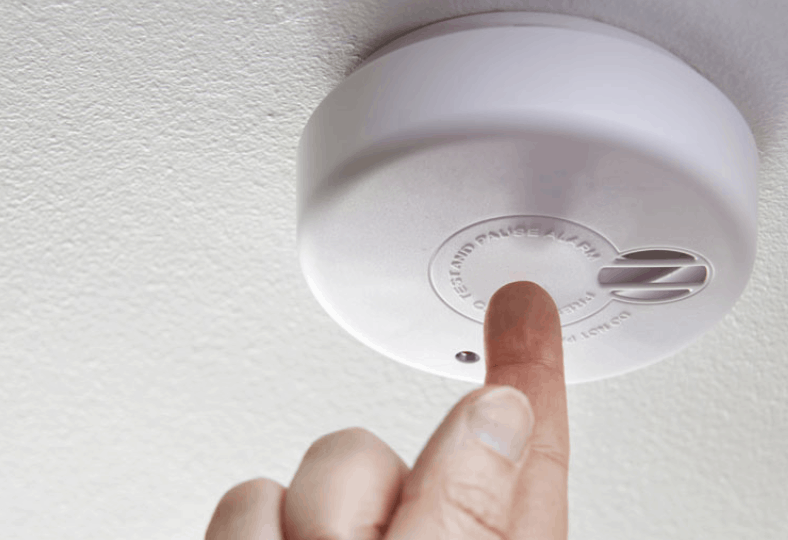Every year, the fire and rescue service is called to over 600,000 fires, which result in over 800 deaths and over 17,000 injuries.
Smoke alarms are simple things but are lifesavers. You absolutely need them in your home. The National Fire Protection Association states that around 1,450 fire deaths occur every year in homes which have missing or non-working smoke alarms. That’s around 67% of all house fire deaths.
One simple thing you can do to remain safe in your home, regardless of the appliance you may have, is to fit a smoke alarm.
We’re always telling you to check your smoke alarm. It’s not only important if you burn wood or have a gas or electric fire. Fire kills and can start from many sources, so having a working smoke alarm in your home is of vital importance.

Have you ever wondered how your smoke alarm works? Here is a brief overview:
A heat detector is the oldest form of fire detection. It has simple functionality and has a detection element inside, which activates when it reaches a fixed temperature. Heat detectors are not ideal for residential properties, as it’s the smoke you want to be alerted too, at the earliest opportunity….Not when a room is ablaze and the heat of the room has increased significantly.
Ionization and photoelectric smoke detectors:
With smoke detectors, you have three options: ionization, photoelectric or a mix of both….
Ionization Detectors – These detectors contain radioactive material, which passes between two electrically charged plates. This creates an ionization chamber. If smoke enters this space, it absorbs alpha particles and disrupts the ionization process. This reduces the current, and so activates the alarm.
Photoelectric Detectors – These detectors respond better to smouldering fires. These work using a photoelectric sensor and light source. As smoke enters the chamber and crosses the path of the light beam, light is scattered by the smoke particles. This is what triggers the alarm.
Using Both Ionization and Photoelectric Detectors – The safest alarms use a combination of the two outlined above. This increases the levels of reliability in a fire alarm. Giving you the earliest warning possible.

Five Points About Smoke Alarms:
1: You should change your batteries once a year. Unless your alarm is wired from the mains electricity.
2: You may need more alarms than you currently have. Fires can start anywhere, so it’s advisable that you have one in each room and in each hallway in a home.
3: It’s best to have an alarm installed by a professional. If your alarm needs to be wired in, it’s always best to use a qualified professional.
4: Consider combination alarms. Buying an alarm or alarms which alert you to both smoke and carbon monoxide (CO) is a very smart decision. Especially so if you burn wood or use gas – anywhere there is a flame.
5: Check your smoke alarm. This should be done regularly, at least once a month. Press the test button and allow it to ring for 2 to 3 seconds.
Which smoke alarm should you have?
Kitchen: Heat alarms (otherwise, a smoke alarm will be activated each time you use a frying pan!)
Landings: Ionisation smoke alarms or combined optical smoke and heat alarms
Bedrooms, longes and hallways: Optical smoke alarms or combined optical smoke and heat alarms.
Always buy an alarm that has been certified to British or European standards.








